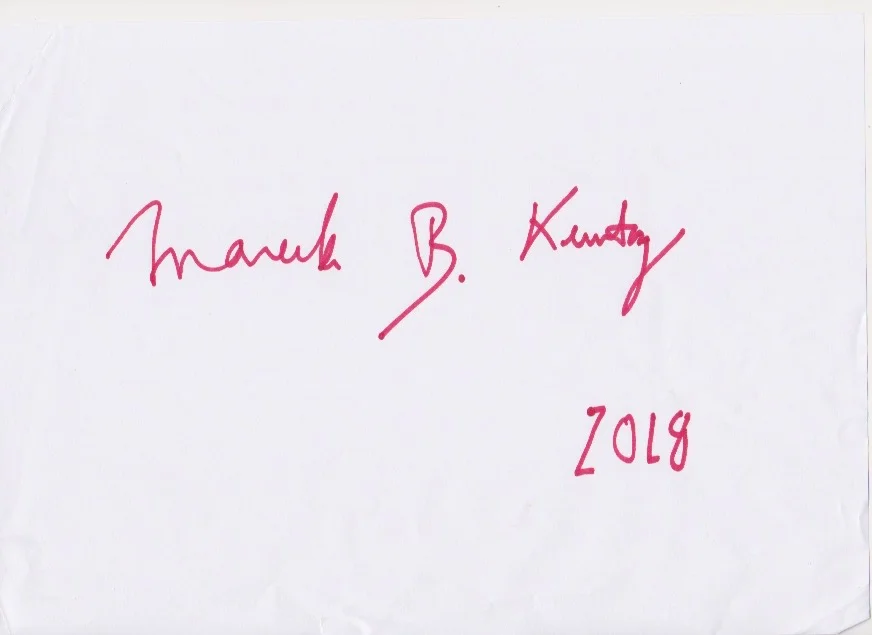Aiden Armstrong
Aiden Armstrong's vibrantly trashy canvases re-situate the traditions of landscape and portrait painting into surreal fantastical worlds. At once playful and disturbing these impossible compositions juxtapose the uncanny with the banal leaving the viewer to wonder what is dream and what is real in these carnivalesque creations.
About the Artist
Aiden Armstrong (b. 1989, London, UK) is a recent graduate of The August Academy of Fine Art, Rome. Recent solo shows include Pineapple Pleasures at Followers Gallery, London (2018) and Eruptions at Volcano Gallery, Amsterdam (2017). Selected group exhibitions include You Can Stay at Liminal Fictions Project Space, London (2018) and Boldly Go at Split Infinitive Gallery, Glasgow (2016). Aiden Armstrong is currently undertaking a residency at Fondation Flora, France with a solo exhibition Lemon Fantasies opening at the icing room in 2019.















